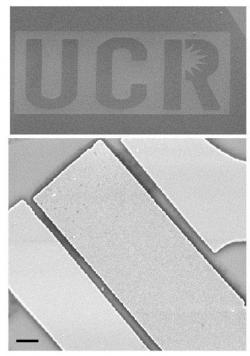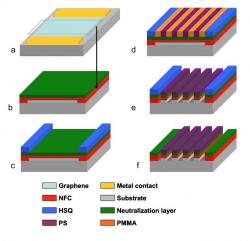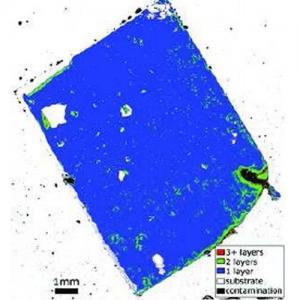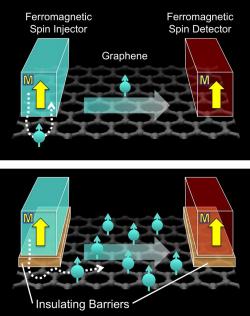Graphene's negative resistance may enable ultra-fast, small circuits
Researchers from the University of California, Riverside developed a graphene based transistor based on negative resistance rather than trying to open up a band gap. Negative resistance is the counterintuitive phenomenon in which a current entering a material causes the voltage across it to drop. It was shown before that graphene demonstrates negative resistance in certain circumstances.

The idea is to take a regular graphene field-effect transistor (FET) and find the circumstances in which it demonstrates negative resistance. This dip in voltage is used as a kind of switch - to perform logic. The researchers showed how several graphene FETs combined can be manipulated to produce conventional logic gates. The researchers designed such circuits that can match patterns (but they have yet to actually produce them).


